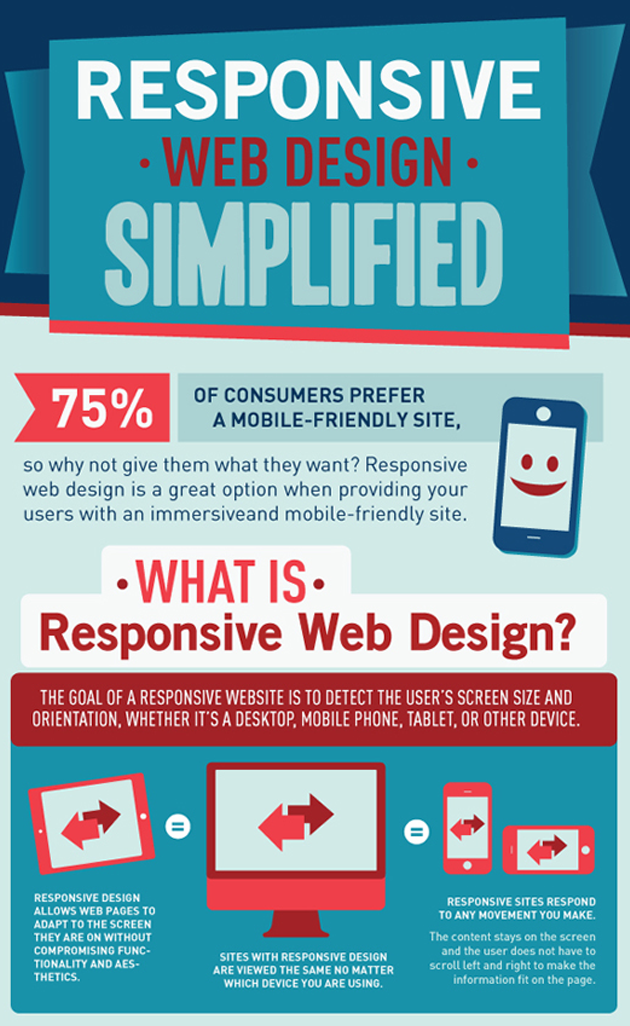Internet Site Style: A Trip With Time.From Modest Beginnings To Contemporary Marvels, Site Layout Has Actually Undergone A Significant Makeover Over The Years
Internet Site Style: A Trip With Time.From Modest Beginnings To Contemporary Marvels, Site Layout Has Actually Undergone A Significant Makeover Over The Years
Blog Article
Write-Up Developed By-Johansen Harding
In the past, sites were straightforward and focused on info. Navigating was straight, and style was for desktops. Currently, individual experience is essential. Data overviews styles for very easy navigating. Responsive designs fit various tools. Today, dark setting minimizes strain, and minimalist food selections enhance navigating. please click the following internet site involve individuals, and bold visuals stick out. AI integration increases engagement. See just how layout has progressed to improve your on-line trip.
Early Days of Website Design
In the very early days of website design, simpleness preponderated. Internet sites were fundamental, with restricted colors, typefaces, and formats. The emphasis got on supplying information instead of fancy visuals. Users accessed the net via slow dial-up connections, so rate and performance were vital.
Navigation food selections were straightforward, generally situated at the top or side of the page. Web sites were developed for home computer, as mobile surfing had not been yet prevalent. Web content was king, and designers focused on simple readability over complicated design aspects.
HTML was the main coding language made use of, and designers had to work within its restrictions. Computer animations and interactive features were minimal contrasted to today's criteria. Web sites were static, with little dynamic material or individualized individual experiences.
Rise of User-Focused Style
With the advancement of site style, a shift in the direction of user-focused design concepts has come to be significantly noticeable. Today, creating internet sites that focus on customer experience is crucial for engaging visitors and achieving service goals. User-focused design entails comprehending the needs, choices, and behaviors of your target audience to tailor the web site's design, material, and includes accordingly.
Designers currently perform comprehensive research, such as user studies and functionality screening, to gather insights and comments directly from individuals. This data-driven method aids in developing instinctive navigation, clear calls-to-action, and aesthetically appealing interfaces that resonate with visitors. By putting the user at the center of the style process, websites can provide a more tailored and delightful experience.
Receptive style has actually additionally emerged as a crucial aspect of user-focused design, making sure that sites are optimized for numerous tools and screen dimensions. This adaptability enhances access and usability, satisfying the varied methods users communicate with websites today. Basically, the rise of user-focused style indicates a shift towards creating digital experiences that focus on the demands and assumptions of the end individual.
Modern Trends in Web Design
Discover the most recent fads shaping website design today. One noticeable fad is dark setting design, providing a streamlined and contemporary look while reducing eye pressure in low-light settings. One more key pattern is minimalist navigating, streamlining menus and enhancing individual experience by focusing on essential elements. Integrating micro-interactions, such as computer animated buttons or scrolling impacts, can produce a more engaging and interactive web site. Responsive design remains critical, making sure smooth individual experiences throughout different tools. Furthermore, using bold typography and asymmetrical formats can include visual passion and draw attention to details material.
Incorporating AI technology, like chatbots for consumer support or individualized suggestions, enhances customer interaction and simplifies procedures. Access has additionally end up being a considerable pattern, with developers focusing on comprehensive style methods to cater to diverse user requirements. Accepting sustainability by optimizing internet site efficiency for speed and effectiveness is one more emerging trend in web design. Teaming up with user responses and data analytics to iterate and improve style continually is necessary for remaining appropriate in the ever-evolving electronic landscape. By embracing these modern-day patterns, you can produce a visually appealing, user-friendly site that reverberates with your audience.
Conclusion
As you assess the evolution of site layout from the early days to now, you can see just how user-focused design has become the driving pressure behind modern-day patterns.
Accept the trip of modification and adjustment in web design, constantly maintaining the individual experience at the leading edge.
Stay existing with the current patterns and innovations, and never quit advancing your strategy to produce visually sensational and easy to use web sites.
Progress, adjust, and develop - the future of website design remains in your hands.
